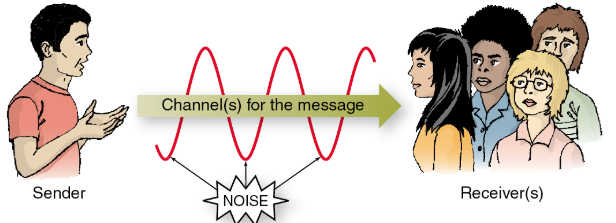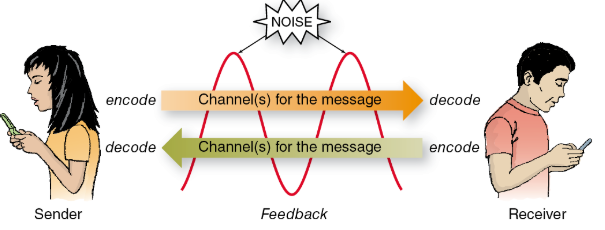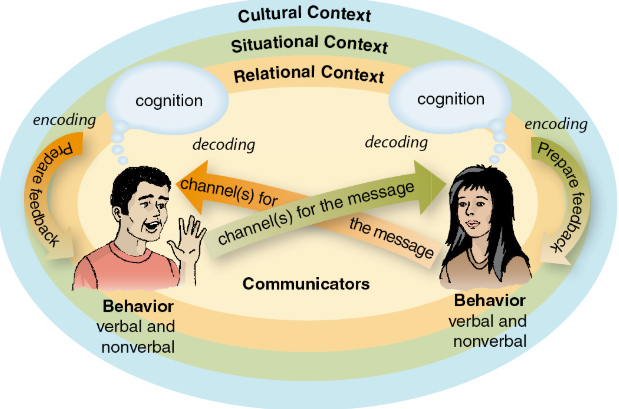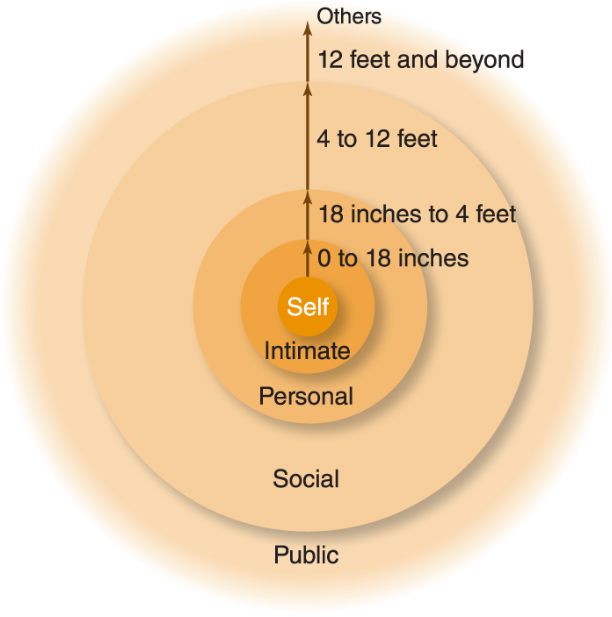(Part 1) Communication Final Exam Study Guide
1/80
Earn XP
Description and Tags
RAH (final time time to lock the fuck in)
Name | Mastery | Learn | Test | Matching | Spaced |
|---|
No study sessions yet.
81 Terms
Communication definition
Symbols/signs/behaviors transfer info
Comm characteristics
Symbolic
Shared code
Culture
Not ambiguous (Intentional)
Various channels
Transactional (Send/receive)
Competent communication
Effective/appropriate communication
Outcome
Product of interchange
Process
The means of arriving at outcome
Ethics
Study of individual morals
Comm skills
Abilities based on social understandings to achieve goals (ex: Ask raise)
What does competent comm involve?
Technology/ethical decisions/process oriented
Linear comm model
Sender sends msg to receiver through channel/noise

Interaction model
Sender/receiver feedback.
Encoding/decoding through channels/noise

Feedback
Sender → receiver. Receiver can respond
Competent Comm
Interdependent communicators w/contexts/cognition/verbal and nonverbal.

Competent comm aspects
Communicators/relationships/situation/cultural setting
Cultural Context (Outer sphere)
Involves race/gender/religion/nationality
Situational Context (Middle sphere)
Setting/social environment/time/specific event
Relational context (Inner sphere)
Diff relationships (ex: romantic vs familial relationship)
Mediated Communication
Use tech to send message
Digital Communication
Text/images/video/voice to send msg
Media Synchronicity Theory
Diff channels support diff synchronicity levels
Synchronicity
Communicate at same time w/shared pattern of coordinated behavior
What is asynchronous messaging?
Voice mail/fax/snail mail
What can be used both synchronously/asynchronously?
Texting/social media/forums
Richness
Degree of visual/vocal/personality cues/feedback opportunities
What is usually highly synchronous?
In person/video chat/telephone call
Naturalness
Natural communicating
Replicability
Digital messages can be shared w/larger audiences
Social Information Processing Theory
Make up for lack of nonverbal cues through using other cues (ex: emojis)
Perception
Observe people/interpret experiences/form understanding
Social Construction
Schemas are socially constructed perceptions
Schemas
Put together past experiences/info into patterns/expectations
Interaction Appearance Theory
More interaction w/someone → perception changes
Attributions
Judgements we make to explain behavior
Cognition consists of
Self-concept/self-esteem/self-efficacy
Self-esteem
How you feel about your worth
Self-efficacy
Actual success prediction from self-esteem/self-concept
Self-concept
Overall self image
Self-fulfilling prophecy
Prediction changes behavior → outcome more likely to occur
Self actualization
Potential fulfillment/satisfaction
Self-adequacy
Sufficient/acceptable
Self-denigration
Attacking yourself
Identity Management
Share/not share diff. aspects of yourself w/others!
Self-disclosure
Reveal info
Cognitive Language
NOT shared language/use symbols to describe people/things/situations
Functions of Language
Grammar
Comm. acquisition
control
share info
express feelings
creativity
Ritual
Grammar
Rule systems for creating words/phrases/sentences/syntactics
Ritualizing (Language rule)
Routine language (Ex: Goodbye!)
Imagining
Think/play/be creative
Denotative Meaning
Dictionary definition
Connotative meaning
emotional response to word
Evasion
Avoiding details
Equivocation
Purposely using ambiguous words
Euphemism
Neutral phrasing to replace negative phrasing
Hate speech
Insult person based on characteristic
Microaggression
Brief/subtle offensive language
Biased language
Language that reveals positive/negative perceptions about subject
Politically correct language
Replace biased language with neutral terms (Ex: fireman→ firefighter)
Communication Accommodation Theory (CAT)
Language/identity shape communication in diff. contexts
Speech repertoires
Complex language styles/behaviors/skills
Code switching
change codes depending on situation/group
Language _____ context? (3 things)
Reflects/builds on/determines
Jargon
Specific language for specific group
Nonverbal communication
Signal meaning through behavior (ex: gestures/tone of voice/eye behavior)
Nonverbal communication is intentional AND nonintentional
TRUE
Leakage cues
nonverbal messages leak out unknowingly
Do people trust verbal communication more than nonverbal?
Nope
Channel discrepancy
Multiple channels say different things
Repeating
mirrors verbal message through clear nonverbal cue
Complementing
Enhances verbal message through matching nonverbal behavior
Accenting
Clarify info
Substituting
Use nonverbal instead of verbal
Interaction management
Nonverbal cues that regulate communication
Regulate (nonverbal)
aids verbal interaction coordination
Immediacy
Feeling of closeness
Kinesics
Gestures/body movements
Illustrators
Visually explain message
Emblem
Movements w/basic meaning (Ex: Thumbs up)
Nonverbal communication codes
Gestures/Eyes/facial expressions/voice/appearance
Vocalizations
Laughing/crying/moaning
Haptics
Use of touch

Zones of Personal Space
Chronemics
Perceive/value time